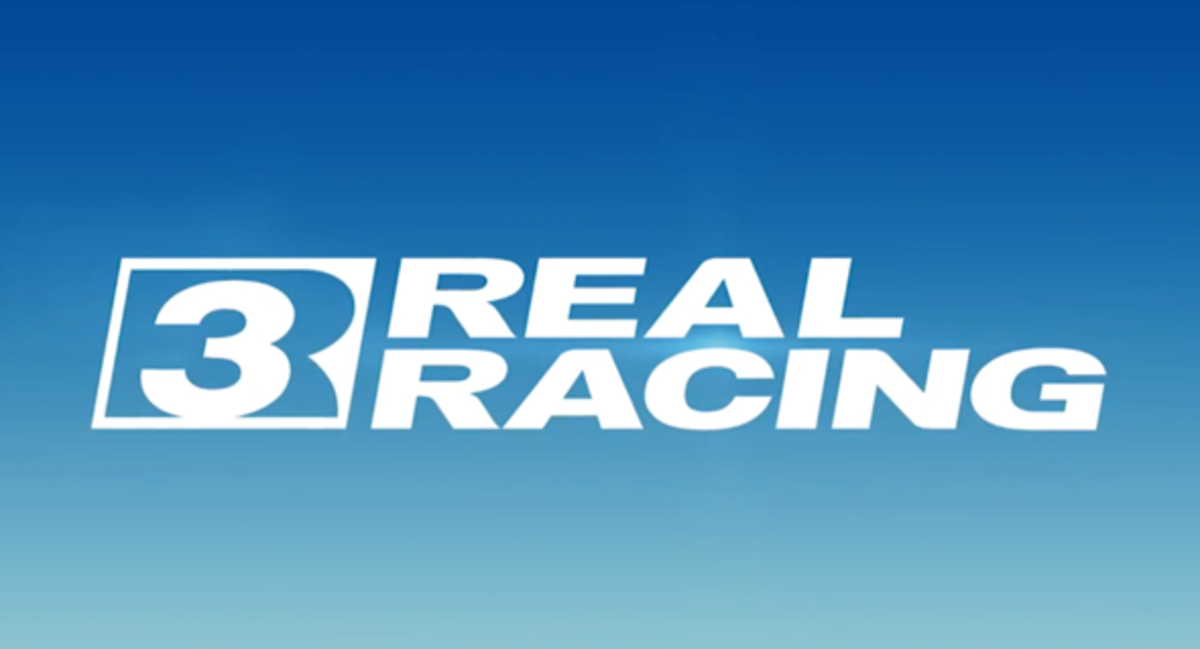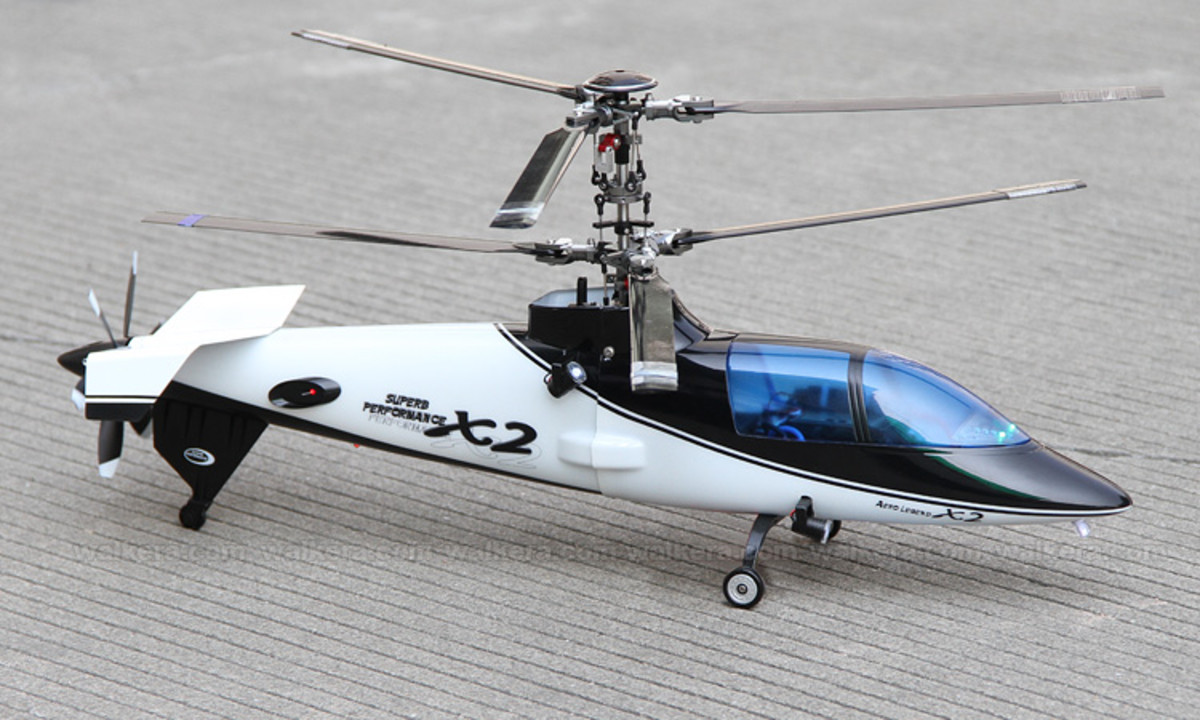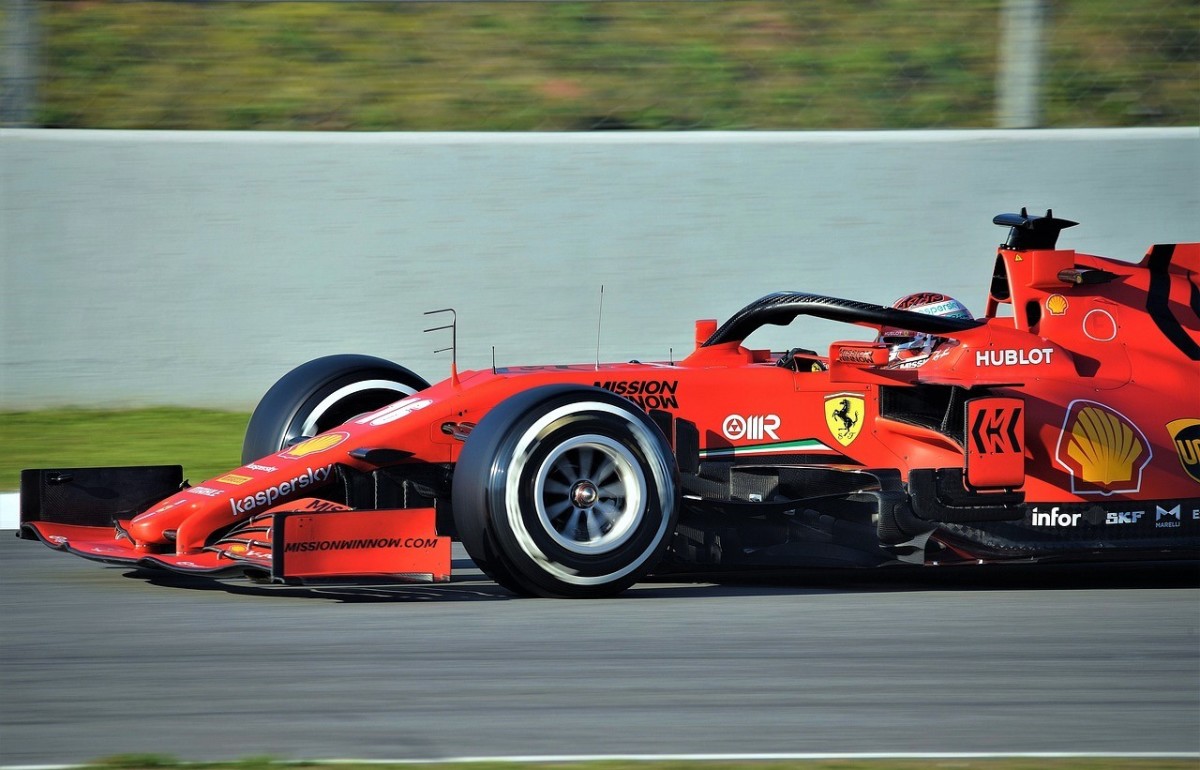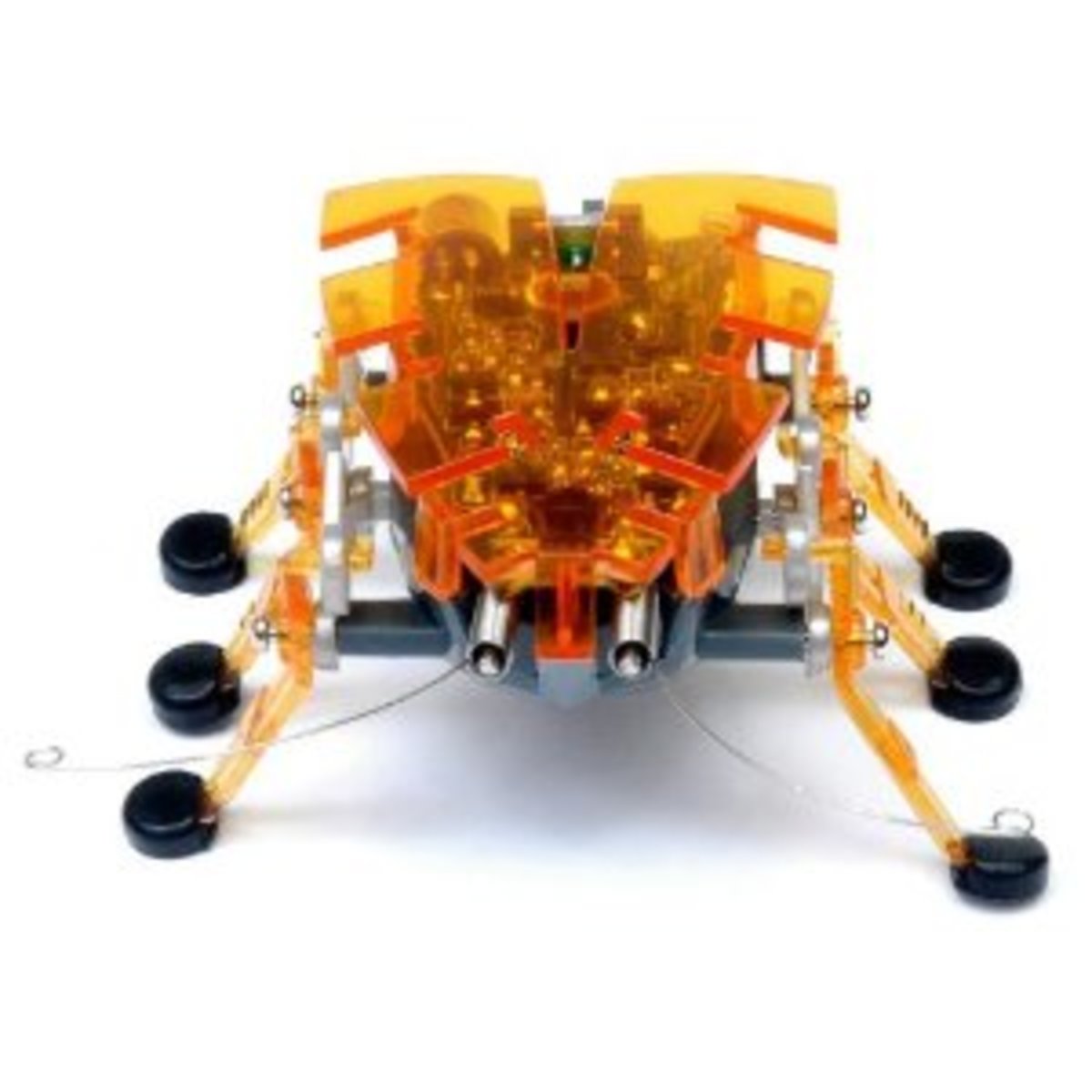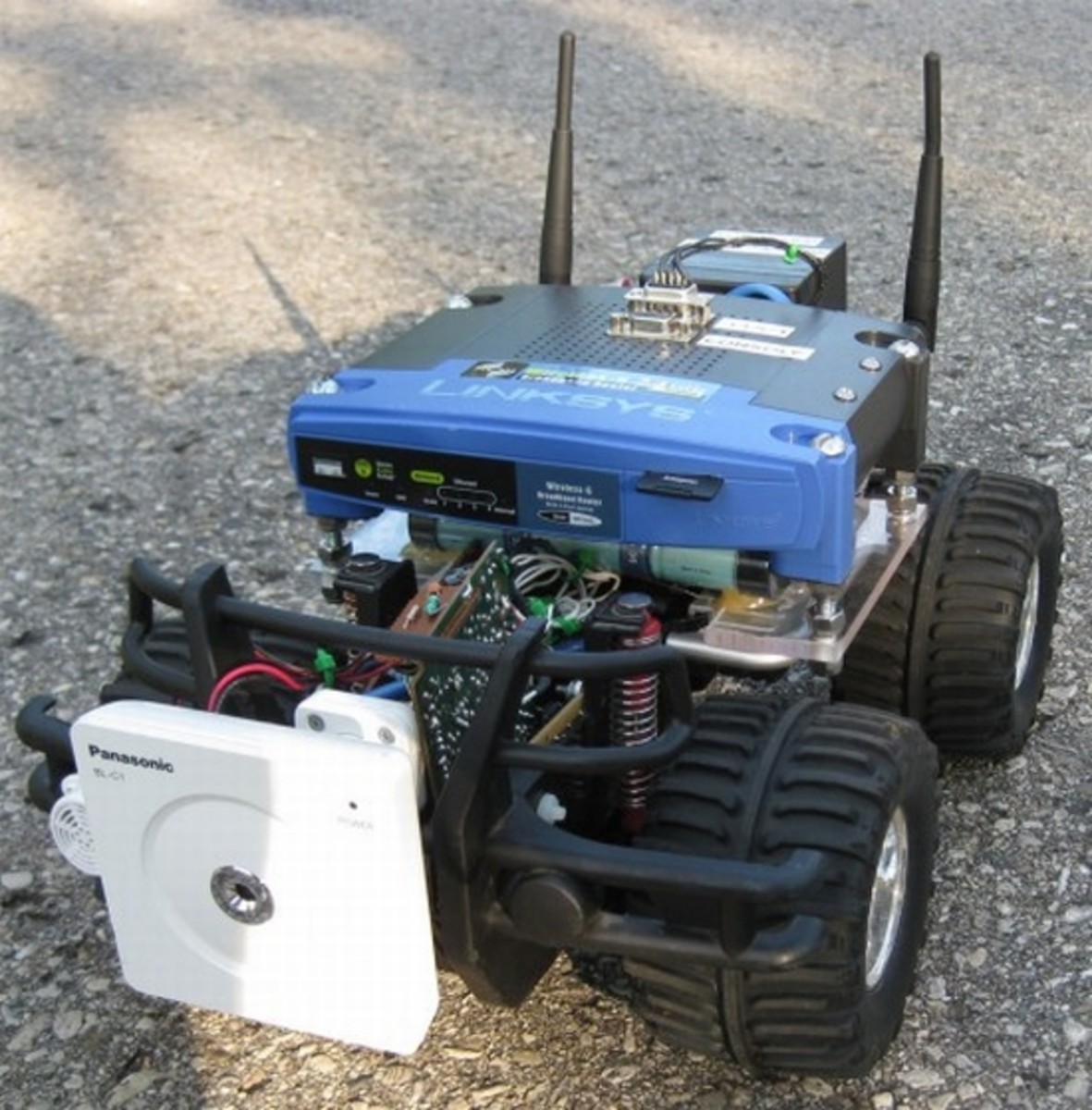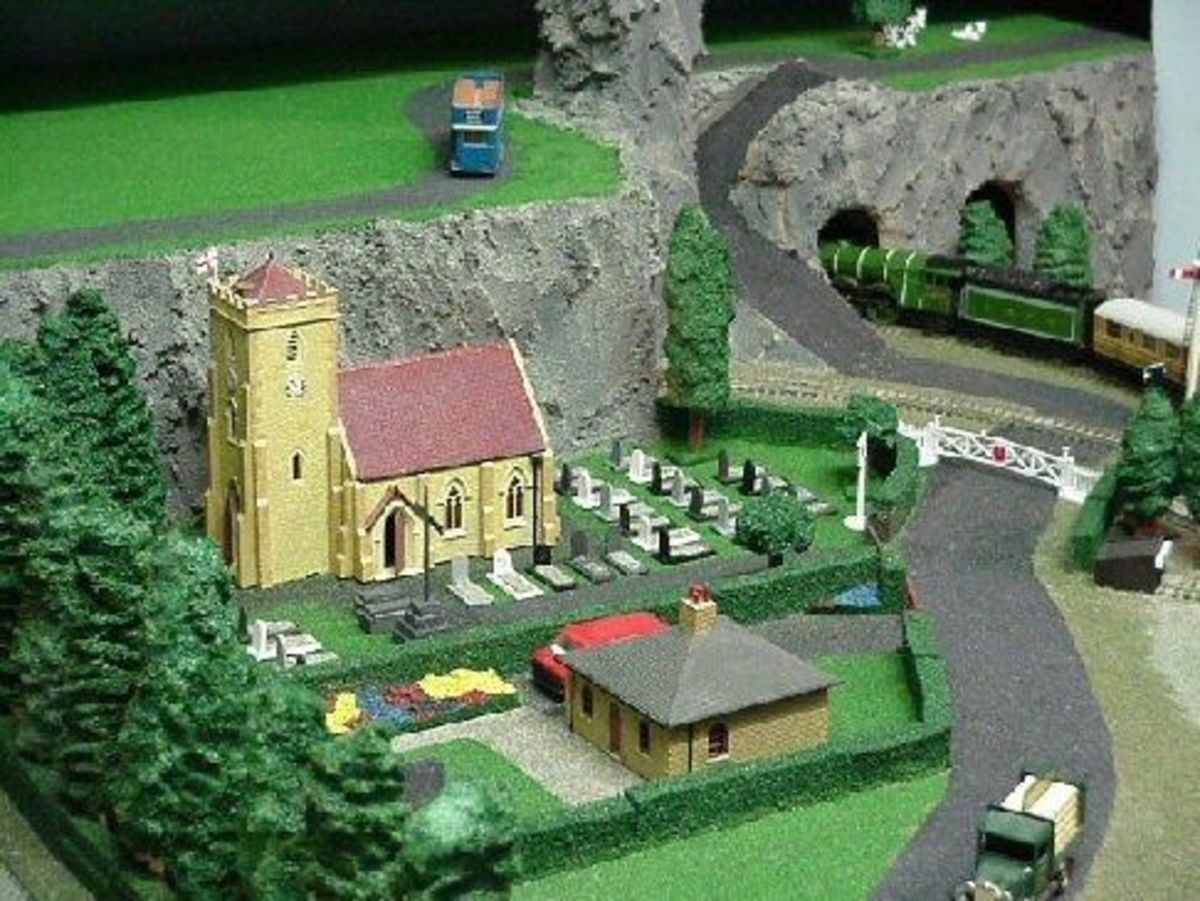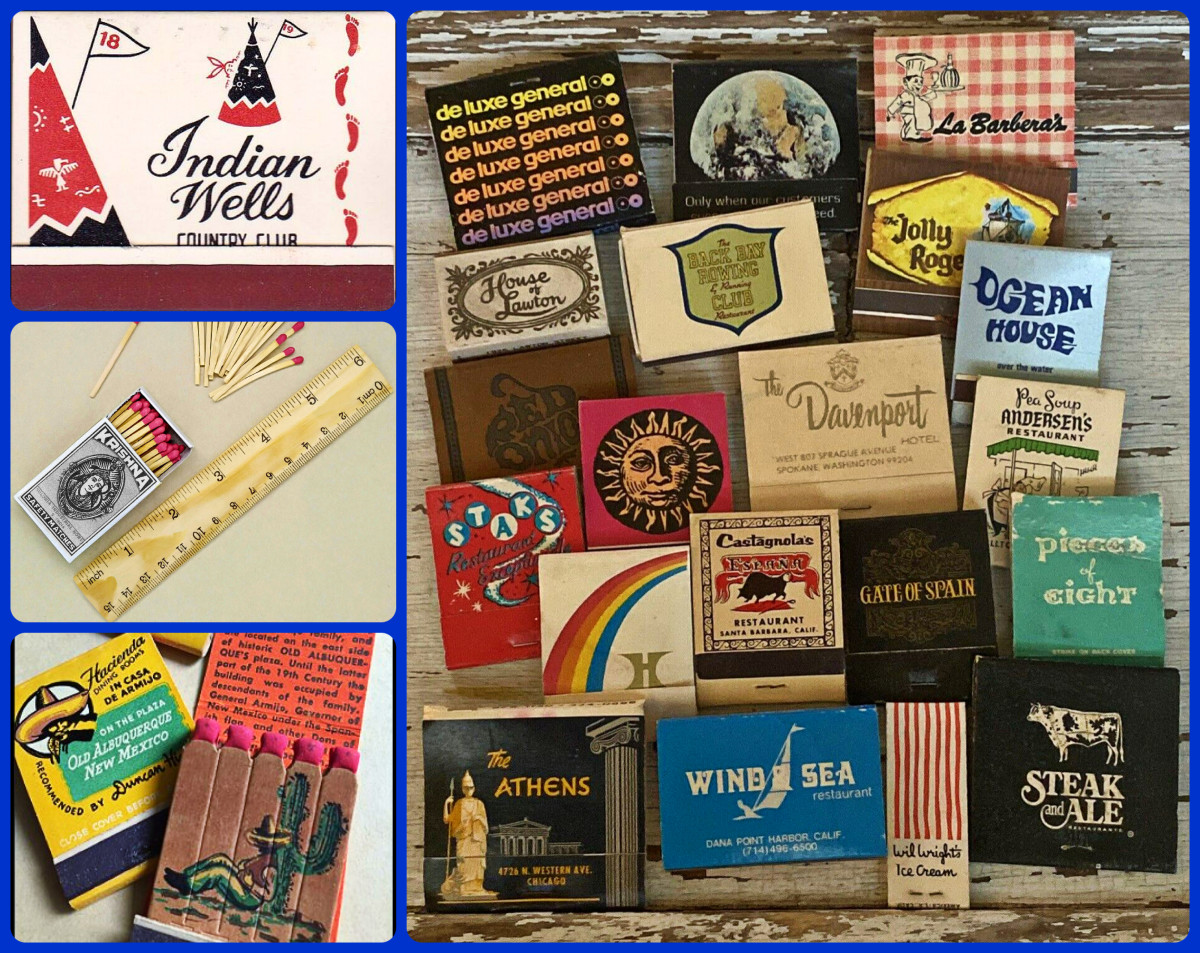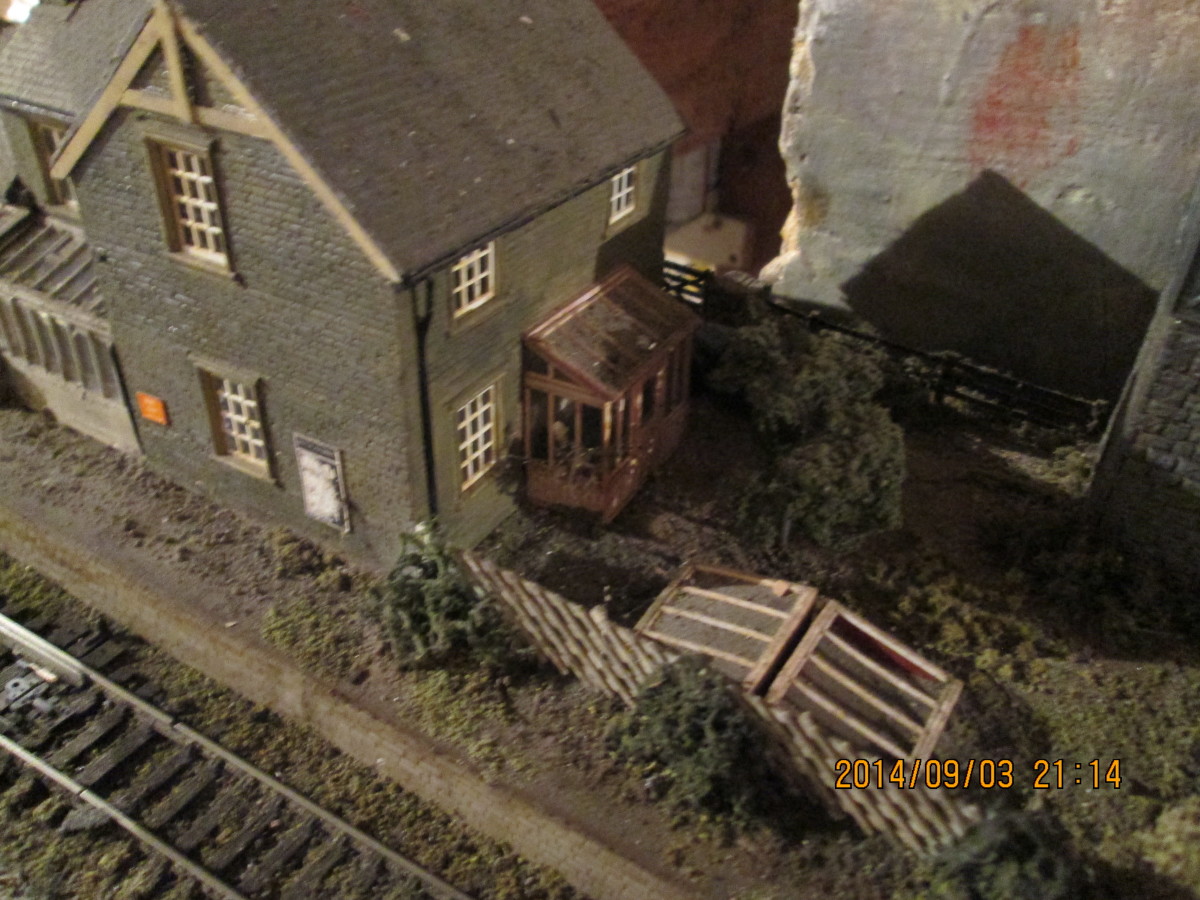Radio Controlled Car Racing
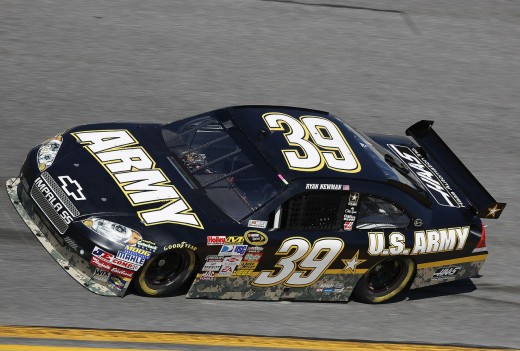
The Real Deal
Auto racing is an exciting sport, whether you are a professional driver or an enthusiastic fan. The down side, of course from either standpoint is the expense. When you get to the “big boys” of racing; the ones you watch on TV from NASCAR, NHRA and the like, we are talking about starting costs of $100,000 and up--just for the engines! No wonder those guys have all those sponsor stickers all over their cars--no one can afford that on their own!
For the fans, there are the pricey admission tickets, food and beverage, very likely travel and lodging expenses as well, particularly for the famous, large annual races such as the Indy 500.
For the drivers, of course, there is always the risk of serious injury should a high-speed crash occur; at nearly every race, there are at least one or two incidents, while some tracks are notorious for being difficult to navigate without a crash. Some of that risk, in the case of flying debris, may also have the potential for harm to spectators.
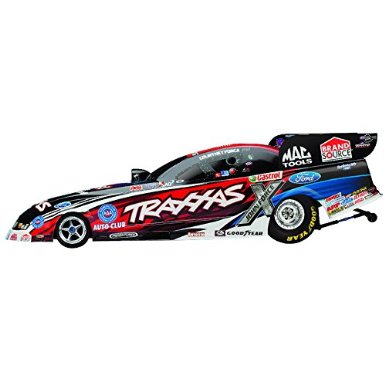
Scale It Back
As in, reduce the scale of the vehicles, and the money. Radio-controlled racing is just as much fun, and accessible to almost everyone. You can be a participant and not just a spectator. Though there is a wide range of costs for the cars and accessories--more about that later.
The plusses include a virtual guarantee of safety for the drivers, as they are not in the car, but directing it via a remote controlled transmitter. While the speeds can get surprisingly high, and crashes can be spectacular, it is very rare for anyone to get hurt.
The most common scale race cars used in the sport are 1/10th scale and 1/8th scale. There is also a 1/12th scale, which is not as commonly used. The 1/18 scale is much less commonly used, and no longer made. There are also micro-minis: these are appropriate for use indoors in the living room, and the kids can get involved.
The Racing Tracks
R/C race tracks can be either indoors or out, and some clubs have both, so they can continue their programs in the winter.
The types of tracks are the same general variety as are found in real racing. They are:
- Oval asphalt
- Asphalt road course
- Dirt Oval
- Dirt Road course
- Dirt Off Road
I will not say this is true across the board, but for the most part, the 1/10th scale is the single most common car used in both asphalt types of track, and some dirt racing. That said, it is probably more common to see the larger 1/8th scale cars on the dirt off-road tracks, as they can offer some pretty serious challenges of hills and valleys and jumps. (It would be called motocross if it were motorcycle racing.)
The little 1/18th scale micros are a fairly small component of the hobby, and a fun way to get kids interested, without dropping too many dollars. That’s relatively speaking, of course, compared to the larger scales.
Types of Cars
In all scales, drivers have a choice of using either electric motors or gas (called ‘nitro’) motors in their cars.
Each has their place and advantage, and sworn loyal fans.
In addition to the choice of motors, there are also all the different types of cars seen in full-scale racing. You have sedans, stock cars, wingless sprint, Formula 1 (Indy style), trucks, monster trucks, and everything else you can think of.
Electric
- The electrics do whine, but they are quieter by far than the gas cars. They are the preferred choice for use in neighborhoods and at tracks near residential areas, so as not to cause a disturbance of the peace.
- They are cleaner, having no fuel or oil to spill and gum up the motor and the pit area
- Some that have been modified for speed hold the overall speed record above that of the nitro cars
- Electric is the preferred choice for indoor racing, though they can also be run on dirt tracks
- Run time, given a few batteries and a quick-charger setup, is virtually unlimited; racers can run practice laps and go right into the race without needing a battery change
- Batteries can be continually charging during races, other classes’ racing, and during repair time, so at least one is always ready to go
Nitro
- The gas/nitro cars are noisy. When they get cranked up, you can’t carry on a conversation without yelling. The are not appreciated in or near residential areas. Tracks located in such areas usually have strict time-of-day limits on when these models can be run
- The fuel is messy and expensive. it’s a castor-oil, nitro mix (plus other proprietary ingredients by brand), and if the whole engine is not cleaned up immediately after the session is finished, it can gum up the works badly. It is also subject to spillage, making for a messy work area
- The exhaust is not a pleasant smell, and these need to be run either outdoors, or in a very well-ventilated building with exhaust fans, or large doors that can be left open
- Speed, overall, given no modifications to either type, is faster than an unmodified electric
- Nitro is the preferred choice for dirt off-road among many
- Run time is limited to a few minutes before refueling is needed. While this takes only about 30 seconds, it still must be done often. Racers typically top-off their tanks after their warm-up practice laps
- If a person is racing multiple classes, it is possible to go through an entire gallon of fuel in a day
Racing Classes and Structure
The classes, regardless of track style or engine type, are divided by types/sizes of motor, and how fast they are capable of going. Most tracks will have races every weekend, and will alternate classes all day long. This gives the drivers time to repair or tweak their cars between heat races, and before the main event. If there are many racers, there may be several heats to qualify for the main, and then an “A” main and a “B” main, the top three drivers from each competing in the final main for bragging rights, trophy or whatever the event is.
The engine types are never (or that is, never should be) mixed into a single race. Nitro cars, being heavier, can destroy an electric car in a collision, while crashes between the same types of cars, though often damaging, usually do not result in total destruction.
The Race
Ready to go, your class has been called up, and the cars line up. The starting buzzer sounds after a 3-2-1 countdown. And they’re off!
Round and round they go; the race is 5 minutes long. Can you last? Will you crash? Will a part malfunction? Just like real racing--all of those things are possible. But there will be a winner.
With a much smaller starting field than the “big boys,” usually not more than 8 or 9 in a race, it is possible to win by attrition, if everyone but you has some problem or another, and yours is the only car left on the track as the ‘end race’ buzzer sounds. The rest will collect a “DNF” (Did Not Finish) for that round.
However, that does not happen terribly often; just as in real racing, there is a sometimes fierce battle for the win.
Speeds and Laps and Times, Oh, My!
Dang, but those things are fast! Whizzing by in almost a blur--how can the driver/controllers even keep track of their own car? How does anyone count the lap times? Well, folks, one thing at a time.
Speed
Scale speeds are true to the scale, the car is going at a speed of 1/10th the speed, by scale, of a real car, sometimes called “full scale!” as a yelled warning, if people are playing with their R/C cars in the street, and a real car approaches. (This is not the best place to play for many reasons.)
Actual speeds have been clocked as high as 100mph, for the highly modified cars. Normal track speeds can range up to actual freeway speeds as clocked by a radar gun, but more usually in the 15 - 35 mph range (depending on motor type and size).
While they are 1/10th the size of a real car, they are only about 1/100th of the weight, with motors that are far more powerful by scale proportion than on a real car, so they can really fly, out of proportion to their scale.
While I have used the 1/10th scale for that explanation as a reference point, the same principle applies no matter the scale being used.
The cars appear to be going much faster than they actually are most of the time, although, they do travel at a pretty good clip.
Laps and Times
How does anyone keep track of their car; any of the cars, and count the laps, as fast as they are zooming around the track? And many times, just to add to the fun, the cars have similar colors!
The answer lies in technology. All of the cars are equipped with a small transponder that broadcasts a short-distance radio signal. Each has its own frequency, and embedded in the track is a receiver unit. This is what keeps track of the laps for each individual car, and sends those incoming signals to the computer that controls the race timer. So, no one has to be out there, physically trying to fix their eyes onto a particular car, and not lose count of how many passes it has made over the start/finish line.
At the end of each heat, the results are sent to the printer, and the sheets are posted for the drivers to view, so they can see where they stood in the race, and figure out how to tweak their cars for the next round.
It is this same computer that issues the countdown and start/end buzzers, and records all the data. It also tracks the speed, in seconds, of each lap, and how many laps made, for each car. During a practice session, some systems will feed this data through the loudspeakers, so the drivers can try to better their technique to improve lap times. You will hear the computer voice announce at each pass over the start/finish line as, “3.4; 4.5; 5.6; 3.0; 4.5” etc.
Sound like fun?
Toys, or Serious Hobby?
There are both levels of R/C cars available. For anywhere between about $20 and $100, you can find toy-grade cars suitable for any age from toddler through grade school kids. They are not fast, and safe for the young to use under supervision.
At the next level, you start to get into the real scale sizes, but still, they are not very fast, nor competitive for the sport. They serve only as an introduction, and are still actually toys, and most use ordinary household batteries.
When you want to get into the real hobby, with the fast motors, scale speeds, and competitive fun, you are going to drop some pretty serious cash. Entry level cars start at around $150, for RTR (Ready-To-Run) models.
If you opt for a kit, you spend a bit less money, at the outset, and you have the enjoyment (and the learning experience) of assembling all the parts.
However, be advised; most kits only include the chassis and suspension components. You have to supply all the other pieces yourself, from tires, to motors to batteries. It is rather like dining à la carte, so it can cost more in the long run. However, this is the preferred route for those who want to add their own “hop-ups” to increase performance, much as people used to do with stereo components.
The only limits are your interests and wallet. Some of these cars sell for upwards of $500. Replacement parts, because parts do break when you are racing, just like with the big boys, are an ongoing expense, as is fuel, if you choose a nitro model.
The new rechargeable batteries they use for the electric motors are Lithium-Ion (L-Ion), and those are fairly pricey as well, though some are still using the older Nickel-Cadmium (Ni-Cad) battery packs.
Race Fees, Pit Techniques, and Track Protocols
The majority of tracks do charge fees to race, usually per class entered. Most offer a slight discount for multiple entries in various classes.
If you opt for this, you will be hopping all evening, trying to balance charging batteries or filling fuel tanks, replacing parts or tweaking settings in between your various heats and main events. Some people thrive on this rush; others prefer a more relaxed single-class/single car approach.
There are some who work in teams, with a driver, and a mechanic, who mainly sits in the pit table area, and does all the 'wrenching' on the cars. This allows the driver of multiple classes to be a bit more relaxed.
There is one other major difference between R/C racing and real racing, and that is in the event of crashes. With the real cars, a yellow caution comes out, and sometimes a red flag, to stop the race, as the tow truck comes out to haul off the damaged car.
In R/C racing, crashes into the low boards that form the track wall often simply result in a bounce-back, and the driver is able to correct the position and continue racing. When collisions happen, sometimes one or both cars will get flipped upside-down. Sometimes a solo flip-over happens as well.
There are no tow trucks here. There are people, positioned around the corners of the track. You can see two of them bolt into action (on the far side of the track) in the video below. They are called "turn marshals," and it is their job to watch the area near them for such incidents, and quickly run out onto the track and right the cars. After each race, the drivers from that race are expected to act as the turn marshals for the next race.
"ROAR" is the National Race Sanctioning Body
R.O.A.R., which stands for Remotely Operated Auto Racers, is the national governing and sanctioning body for the sport.
While anyone can play with their cars most anywhere the law allows, in order to join actual races that are sanctioned, and more importantly, covered by a sport-specific insurance coverage, ROAR is the answer.
Most tracks holding regular races make ROAR membership mandatory for participation. The cost is minimal, only $35 per year for an individual.
Check Out a Race Near You!
After watching the video above of the serious hobby-level racers in action, you may want to go see a race in person. This website, RC Track Directory, has a fairly comprehensive listing of R/C race track facilities across the USA. Or, you can check your local hobby shop, as many of them are near a track, or even have one of their own.
These hobby shops are fairly specialized to hobbies on the side of assorted vehicles, model-making, model trains, and the like. You are not going to find what you’re looking for at a typical “hobby-craft” store where they sell picture frames, beading and scrap-booking supplies.
Who knows? You might be the next race winner, or you might find it is just as much fun to watch as to play. And a bonus there: most tracks do not charge a fee to spectators.
Two of My Other Hubs on the Technical Side
- RC Cars: Repairing and Rebuilding Shocks in 8 Easy Steps
Repair and rebuild shock absorbers on your radio-controlled (RC) cars. A step-by-step guide with photos. - Radio-Controlled Cars: Brushed Motor to Brushless Motor Conversion Guide
Radio-controlled model cars; how to change from original equipment brushed motor to new low-maintenance brushless motor. With parts illustrations.
© 2015 Liz Elias

